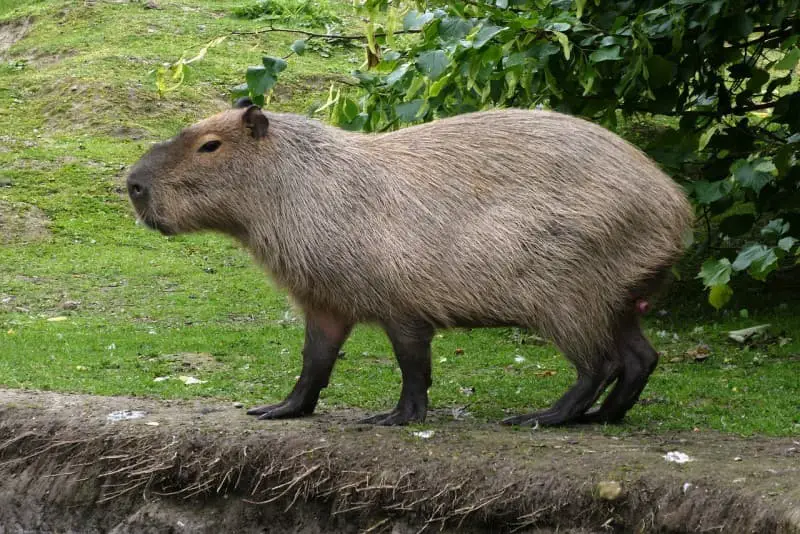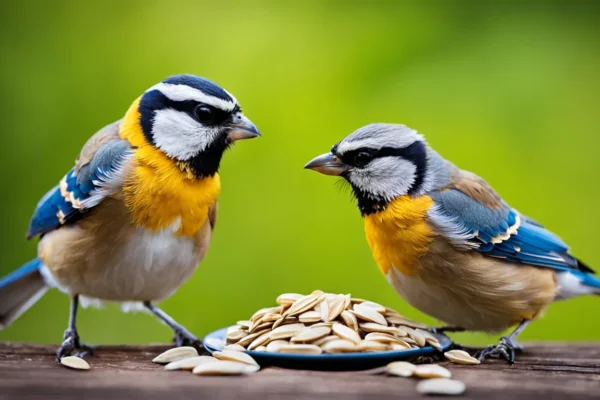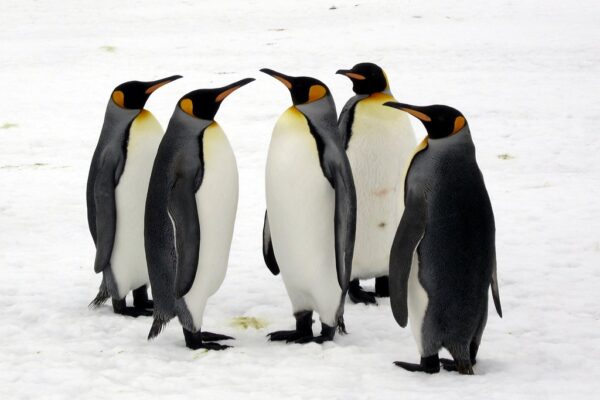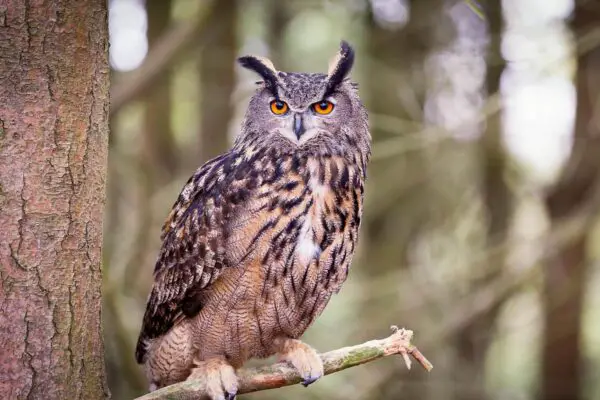The falcon, with its keen vision, strong claws, and swift flight, is an imposing predator that is ideal for Saudi Arabia’s arid terrain. However, how did this raptor become as the Kingdom’s national emblem?
We’ll go over the national bird of Saudi Arabia’s history, cultural importance, and current state of conservation in this extensive guide.
Here’s a short response in case you’re pressed for time: The falcon is Saudi Arabia’s renowned wildlife emblem and national bird.
An Overview of Saudi Arabia’s Falcons
The falcon is one of Saudi Arabia’s most recognizable emblems and the country is widely renowned for its rich cultural legacy. This magnificent bird is regarded as the national bird of Saudi Arabia and has a particular place in the hearts of Saudi people.
Falcons have been used for hunting and as a status symbol by the Bedouin people for a very long time in Saudi Arabia. Falconry is still a well-liked traditional activity in the kingdom today, drawing participants from all over the globe.
Native Falcon Species
Several native falcon species, including the Peregrine, Barbary, Saker, and Lanner falcons, may be found in Saudi Arabia. Every species is distinct from the others and has evolved to live in various environments and use various hunting strategies.
The Peregrine Falcon, for instance, is among the world’s fastest birds due to its extraordinary speed and agility. On the other side, the Barbary Falcon, which is often seen in arid areas, is well-known for its superb hunting abilities.
Physical Characteristics and Hunting Skills
Falcons are renowned for their exceptional physical characteristics and hunting prowess. They have strong talons for catching and gripping their prey, and keen, hooked beaks for tearing apart their meal.
Because of their superior vision, falcons can detect tiny prey at a considerable distance. Falcons are very fast and agile birds of prey, and their acute eyesight makes them deadly predators. Indeed, while hunting, falcons have been observed to plunge more than 240 miles per hour.
Habitat and Breeding
In Saudi Arabia, falcons usually reproduce in the winter and choose high places to nest, including cliffs or towering trees. By building nests from of twigs and other organic materials, they provide their young a secure habitat.
Due to their extreme adaptability, falcons may be found in a wide range of environments, including as deserts, mountains, and coastal regions. They have a reputation for being migratory, with some species covering great distances over several seasons.
Visit the Saudi Wildlife Authority’s official website at www.swa.sa to learn more about falcons in Saudi Arabia.
Background and Significance of the Falcon
As the national bird of Saudi Arabia and a symbol of power and pride, the falcon has a particular place in the hearts of its people. This amazing bird is very symbolic in many facets of Saudi culture and has a long and rich history.
Importance for Bedouin Falconry and Culture
In Bedouin tradition, falcons have long been treasured companions. The Arabian Peninsula’s Bedouins, a nomadic Arab group, have traditionally depended on falconry for both hunting and survival. Because of their extraordinary quickness, dexterity, and excellent vision, falcons were highly valued as hunting companions.
In Saudi Arabia, the skill of falconry—training and hunting with these raptors—has been handed down through the centuries. It is a deeply rooted cultural activity in addition to being a traditional sport. The relationship between the falconer and the bird is one of mutual respect and trust since falcons are meticulously nurtured and educated from an early age.
The Saudi Coat of Arms’ appearance
Since its introduction in 1950, the falcon has been a major component on the Saudi Coat of Arms. The two crossed swords under a palm tree, flanked by two falcons, make up the Coat of Arms. The beliefs and ambitions of the Saudi people are reflected in the falcons, which stand for watchfulness, strength, and authority.
The falcon’s depiction on the Coat of Arms represents the country’s dedication to preserving its cultural identity and legacy. This acts as a prompt of the kingdom’s affinity for the falcon as a symbol of power and its ties to its Bedouin heritage.
Relevance in Arabic Literary and Poetic Works
Verse and authors have also been enthralled with the falcon throughout history. The falcon is often used as a metaphor for grandeur, elegance, and freedom in Arabic poetry and literature. It is commended for its grace, beauty, and capacity for vast heights.
One well-known instance is found in Saudi poet Abdulaziz Al-Maqaleh’s poem “The Hunt,” in which the falcon is portrayed as a representation of valor and persistence. The poem compares the tenacity and tenacity of the Saudi people to the quickness and skill of the falcon in pursuing its prey.
The falcon’s continued cultural importance in Saudi Arabia is shown by its appearance in Arabic poetry and literature. It is an inspiration and a source of adoration, demonstrating the profound respect Saudi Arabians have for this magnificent bird.
The Honored Sport and Tradition of Falconry
For ages, Arabian culture has been deeply rooted in the practice of falconry, which is the discipline of training and using falcons for hunting. Falconry is not merely a sport but also a highly respected heritage in Saudi Arabia, reflecting the country’s long-standing bond with its beautiful national bird, the falcon.
It represents strength, elegance, and devotion.
A Long-Secular Arabian Peninsula Tradition
The Arabian Peninsula has long been a center for falconry, as shown by historical documents that go back thousands of years. The Bedouin tribes, who were well-known for their proficiency in falconry, relied on falcons to seek food in the arid desert.
The falcons were the ideal hunting partners because of their excellent vision, quickness, and agility, which helped the tribes survive and prosper in the harsh environment.
Falconry has changed throughout time from being a necessary skill to a beloved hobby, and the Arabian Peninsula has become a gathering place for falcon lovers worldwide. Saudi Arabia is proud of its long history of falconry and actively works to maintain and develop this antiquated sport.
Falcon Competitions and Racing
Falcon racing is one of the most thrilling subsets of falconry in Saudi Arabia. In this exhilarating sport, trained falcons are let loose to fly a certain distance in order to find their owners. Because the falcons have GPS trackers, onlookers can monitor their movements in real time.
Falcon racing events draw competitors and onlookers from all over the world, showing the swiftness and accuracy of these amazing birds.
These races encourage friendly rivalry among falconers in addition to providing a stage for showcasing the remarkable talents of the birds of prey. Success in falconry depends on the relationship between the falcon and its handler, which is based on trust, training, and a thorough understanding of the bird’s behavior and instincts.
Falconry and the Falcon Market Regulation
Owing to the importance of falconry in Saudi Arabian society, the government has put in place stringent laws to protect and preserve falcons. The goal is to stop illicit hunting and preserve the falcon population, which is essential to preserving the area’s natural equilibrium.
Issuing permits to falconers and controlling the trade in falcons are important functions of the Saudi Arabian Wildlife Authority (SWA). To guarantee adherence to the rules, encourage ethical falconry, and protect the birds’ welfare, the SWA regularly inspects falcons.
Furthermore, only approved methods are used for the purchase and sale of falcons in Saudi Arabia, where the market is strictly controlled. This keeps each falcon properly registered and cared for, while also assisting in the prevention of the unlawful trafficking of falcons.
Falcon Conservation Initiatives and Dangers
The national bird of Saudi Arabia, the falcon, serves as both a recognizable national emblem and a crucial environmental health indicator. To safeguard falcons’ numbers and habitats, conservation efforts are necessary, as they are for many other species.
A Few Species Are Threatened Because of Habitat Loss
Loss of habitat is one of the biggest challenges facing falcons. Natural habitats are being destroyed or fragmented as a result of the ongoing urbanization and industrialization, giving falcons less and fewer appropriate places to nest and hunt.
Because their favored habitats are disappearing, several falcon species are already in risk of becoming extinct.
According to a research by the Saudi Wildlife Authority, throughout the previous 20 years, the population of the migratory Saker Falcon—which passes through Saudi Arabia—has decreased by 80%. The loss of prey species and the degradation of its habitat are the main causes of this reduction.
Governmental entities and conservation groups are attempting to preserve and rehabilitate falcon habitats in order to alleviate this problem. To reduce the negative effects of human activity on falcon habitats, measures such as creating protected areas, putting land-use planning policies into action, and encouraging sustainable behaviors are taken.
Programs for Captive Breeding and Release
Programs for the breeding and releasing of falcons into captivity are essential to their protection. In order to support wild populations and maintain genetic variety, these projects include raising falcons in captivity and releasing them into the wild.
Some endangered species of falcons have seen an increase in population because to their efforts.
The National Wildlife Research Center in Saudi Arabia has been actively engaged in falcon captive breeding and release initiatives. Their primary objective is to raise falcons in captivity and then release them into appropriate environments while keeping a careful eye on their development to guarantee a smooth transition back into the wild.
These initiatives contribute promote the growth of falcon populations while also offering insightful information on the behavior, biology, and ecological needs of falcons. This information is essential for creating conservation plans that work and guaranteeing falcons’ long-term existence.
Fighting Illegal Smuggling and Poaching
The smuggling and illegal hunting of falcons represent serious dangers to their existence. Because of their beauty and use in falconry, falcons are much sought for, which has led to a booming black market. In addition to placing strain on wild populations, this trade upsets ecosystems’ natural equilibrium.
Governments and conservation groups are enforcing stronger laws and regulations in order to stop illicit poaching and smuggling. These include enforcing stricter border controls, stiffening the penalty for breaking the law, and educating people about the detrimental effects of the illicit falcon trade.
Furthermore, since falcon smuggling is often transnational in character, international cooperation is crucial in resolving this problem. The international trade in falcons and other endangered species is regulated and overseen by organizations such as the Convention on International Trade in Endangered Species of Wild Fauna and Flora (CITES).
We can guarantee the survival of these exquisite birds in Saudi Arabia’s natural environment by concentrating on these conservation initiatives and tackling the risks they face. To ensure a future where falcons flourish, it is imperative to safeguard their habitats, encourage sustainable practices, and take legal action against unlawful actions.
Additional Unusual Saudi Arabian Birds
Partridge in Philby
Philby’s Partridge is one of the rare birds found in Saudi Arabia. This bird, named after the British adventurer and naturalist H. St. J. Philby, is distinguished by its unique behavior and appearance. It is a sight to see, with its beautiful designs and reddish-brown feathers.
The Arabian Peninsula is home to the endemic Philby’s Partridge, which is located in Saudi Arabia’s hilly and rocky areas. It is a difficult bird to see since it is a ground-dwelling species that likes to hide amid the rocks and plants.
Green Bee-Eater from Arabia
Another interesting bird species that may be seen in Saudi Arabia is the Arabian Green Bee-Eater. Its vivid green feathers and long tail feathers make it a bird that effortlessly sticks out in its environment.
These birds are skilled in capturing bees and other flying insects, which make up the majority of their prey. They are renowned for their graceful and accurate darting through the air during their acrobatic flight patterns.
The Arabian Green Bee-Eater nests in tunnels excavated into sandy banks and is distributed across Saudi Arabia, including oases and desert regions.
The Egyptian Vulture
One of the predatory birds of Saudi Arabia’s several habitats is the Egyptian Vulture. It is a remarkable bird to see with its white plumage, golden face, and unique black patterns. The way the Egyptian Vulture feeds itself is an intriguing truth about it.
Its primary food source, unlike other vultures, is carrion, but it also has the unusual ability to pry eggs open by using pebbles as tools. Because it keeps illness from spreading and cleans up corpses, this bird is vital to the ecology.
However, the Egyptian Vulture is listed as an endangered species because of habitat loss and other issues.
Go to the Arabian Birding page to learn more about the variety of birds that may be found in Saudi Arabia. It offers thorough details on local conservation initiatives, bird species, and best spots for birding.
Final Thoughts
The falcon, which represents the history and sense of pride in the desert kingdom, is an appropriate national emblem for Saudi Arabia. Although they are highly revered in Arabic culture, wild falcons are increasingly in danger. The renowned raptors of Saudi Arabia must be protected for future generations via conservation initiatives aimed at conserving appropriate habitats and stopping poaching.






